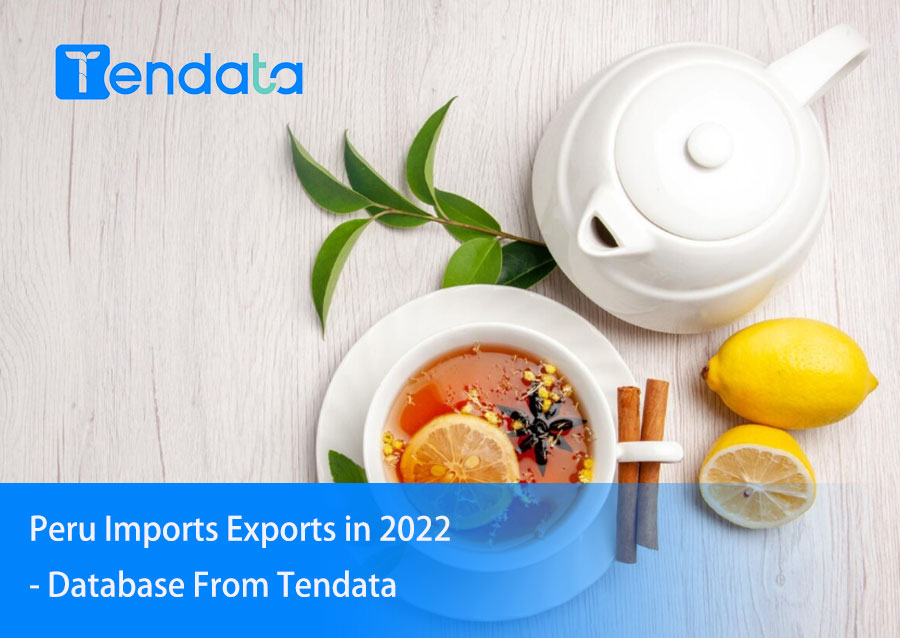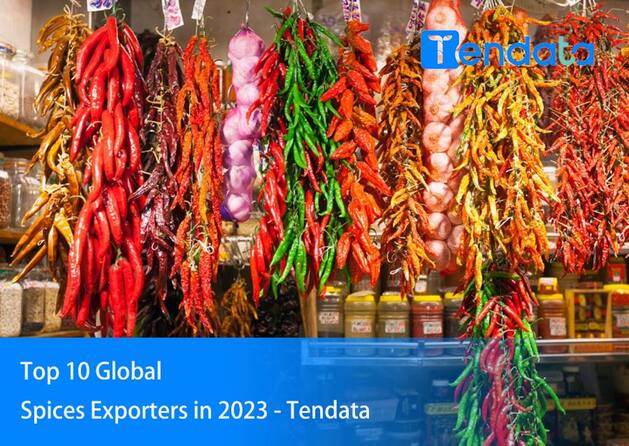 Trade Data
Trade Data
 04-01-2024
04-01-2024

Peru exported $58.2 billion worth of products globally in 2022. Peru's exports represent a 3.4% year-over-year increase compared to international sales of $56.3 billion in 2021.
Peru's Largest Trading Partners
The latest country-specific data shows that Peru's exports are mainly purchased by importers from the following countries: mainland China (32% of the global total), the United States (12.8%), South Korea (5%), Japan (4.98%), Canada (4.94%), India (4.87%), Switzerland (3.44%), the Netherlands (3.36%), Chile (3%), Spain ( 2.6%), United Kingdom (2.3%) and Germany ( 1.9%).
Peru's Top 10 Exports
1. Ores, slag, ash: $19.2 billion (32.9% of total exports)
2. Gemstones, precious metals: $7.7 billion (13.2%)
3. Fossil fuels including oil: $6.2 billion (10.7%)
4. Fruits, nuts: $4.7 billion (8.1%)
5. Copper: $3.3 billion (5.7%)
6. Food industry waste, animal feed: $2.1 billion (3.6%)
7. Coffee, tea, spices: $1.4 billion (2.4%)
8. Knitted or crocheted clothing, accessories: $1.29 billion (2.2%)
9. Fish: $1.27 billion (2.2%)
10. Zinc: $1 billion (1.7%)
Peru's top 10 exports by value accounted for 82.7% of Peru's total global exports.
Fossil fuels, including petroleum, are the fastest growing of the top ten export categories, growing 58% from 2021 to 2022. The second highest improvement in export sales was in the coffee, tea and spices product category, which grew by 45.2 percent, led by exports of Peruvian coffee. Peru's zinc exports ranked third in terms of volume growth, up 19.7 percent from 2021.
Peru's top ten export categories saw the largest decline in ores, slag and ash, down -11% year-on-year. Peru's export revenues fell for copper, zinc, iron and lead.
Looking at the more granular four-digit HTS codes, Peru's top export is copper ore and its concentrates (23.1% of Peru's exports). In second place was unwrought gold (12.7%), followed by Peruvian exports of petroleum gas (5.3%), refined copper (4.3%), refined petroleum (4.1%), non-edible meat meal (3.1%), zinc ores and concentrates (2.6%), iron ores and concentrates (2.6%), all kinds of fresh fruits (2.5%), and then fresh or dried grapes (2.2%).
Uncovering Foreign Trade Opportunities – Mainly Through Foreign Trade Data
Currently, the government has officially rolled out policies to support the development of the big data industry. In this era, customs data has become an indispensable part of the international trade ecosystem. The new approach to facilitating transactions in the Information Age involves constantly uncovering new business opportunities from customs data using big data analysis methods.
Shanghai Tendata's Foreign Trade Portal covers detailed customs data from 91 countries, (>>> Click to use data online for free) statistical data from 27 EU countries, millions of accurate and genuine buyer information, and detailed information on completed customer transactions. The system offers a one-click generation of 17 types of market data analysis reports, assisting management in making informed decisions effortlessly.
Tendata's foreign trade big data can help foreign trade companies in identifying, marketing to, and managing customers, as well as fulfilling orders with a complete set of products and solutions. In the future, Tendata will continue to explore products to cater to more scenarios within the export industry.
In summary, Tendata is a big data company and a pioneer in the Chinese trade industry, helping foreign trade businesses in customer development, market analysis, trade facilitation, and data output.

Category
Leave Message for Demo Request or Questions


 T-info
T-info T-discovery
T-discovery

 My
Tendata
My
Tendata Market Analysis
Market Analysis Customer
Development
Customer
Development Competitor
Monitoring
Competitor
Monitoring Customer Relationship
Customer Relationship






































































































































